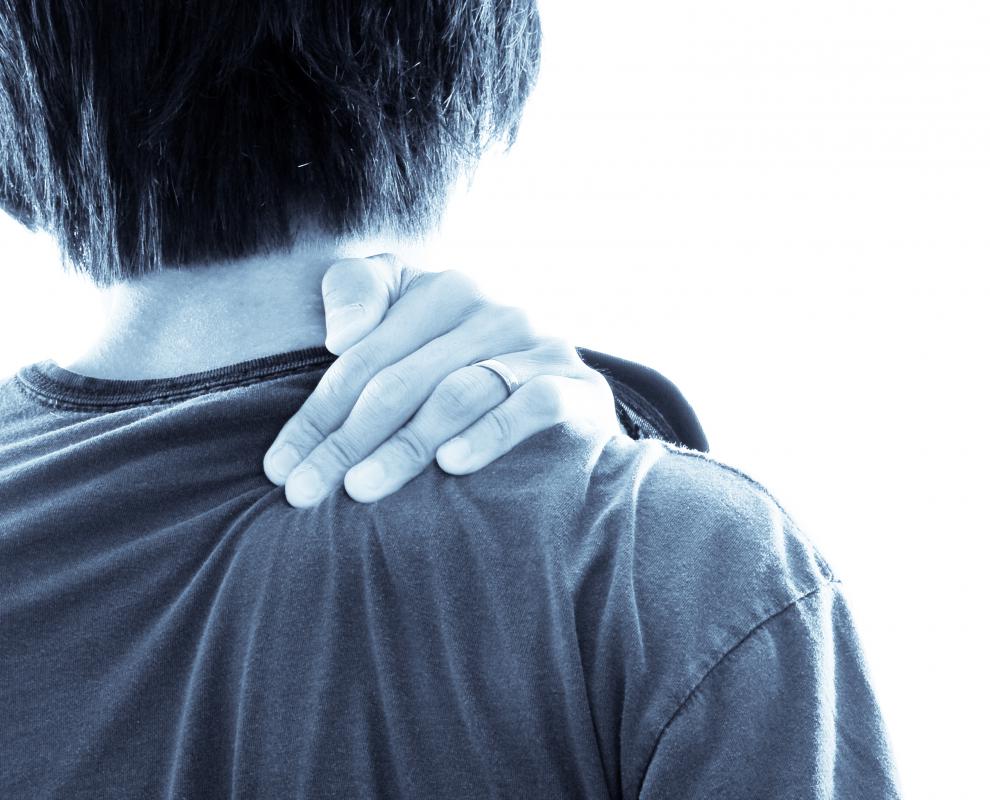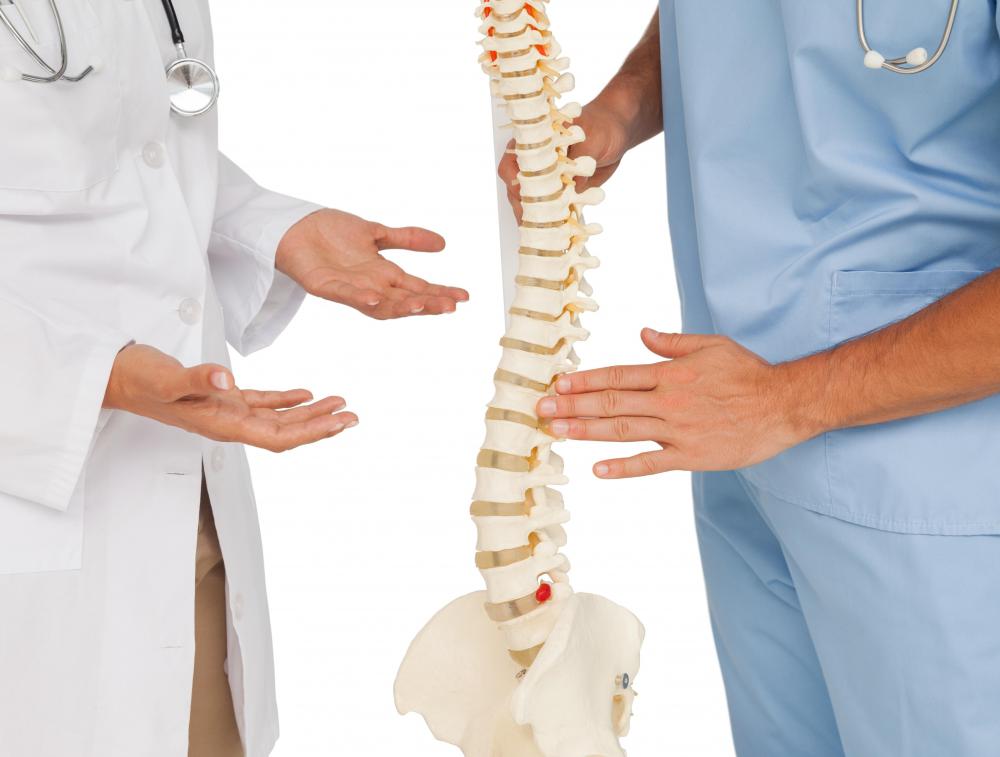At WiseGEEK, we're committed to delivering accurate, trustworthy information. Our expert-authored content is rigorously fact-checked and sourced from credible authorities. Discover how we uphold the highest standards in providing you with reliable knowledge.
What is a Low Pressure Headache?
A low pressure headache is one that is normally attributed to a drop in cerebrospinal fluid (CSF). CSF, or spinal fluid, refers to the clear, watery liquid that surrounds the brain and spinal column and works to provide cushioning and support to these areas. As CSF is often the cause of a low pressure headache, this type of headache may also be known as a low cerebrospinal fluid pressure headache.
Low pressure headaches are most likely to occur after a lumbar puncture. Also known as a spinal tap, this medical procedure usually consists of inserting a needle between two vertebrae in the lower back. Once the needle advances to the spine, CSF pressure is tested and fluid is withdrawn. The test is generally done to test for serious infections and various medical conditions related to the central nervous system, such as syphilis, multiple sclerosis, and encephalitis. These headaches can occur after a lumbar puncture because the reduction of spinal fluid can cause the brain to sag downward when the patient is an upright position, causing stretching and pain.

Although lumbar punctures are the most commonly recognized cause of low pressure headaches, any event that causes a spinal fluid leak can also cause such headaches to occur. A skull fracture, for instance, can lead to a sudden reduction in CSF volume and pressure, triggering headaches. Hydrocephalus, a medical condition involving excessive buildup of CSF, is often treated with a shunt to drain off the excess fluid. In some instances, the shunt can overdrain, causing a headache to occur.

Symptoms of a low pressure headache include intense pain toward the back of the head that is usually worse when standing, sitting, or moving. Nausea, vomiting, and neck pain may also occur. The headaches can begin to occur just a few hours after the spinal surgery and can persist for days or weeks in some cases.
Regardless of the cause of the pain, however, the typical treatment is bed rest because lying down flat reduces the effects of gravity and helps to slow down spinal fluid loss. Drinking plenty of fluids and taking over-the-counter pain relievers that contain acetaminophen can also be used to help prevent or ease headaches. Caffeine can also be consumed in pill form or in drinks to treat the pain. For a low pressure headache that persists longer than a few days, an epidural blood patch may be applied. Use of the patches involves applying the patient's own clotted blood to the area of the lumbar puncture to seal the leak and prevent any further drainage of CSF.
AS FEATURED ON:
AS FEATURED ON:


















Discuss this Article
Post your comments